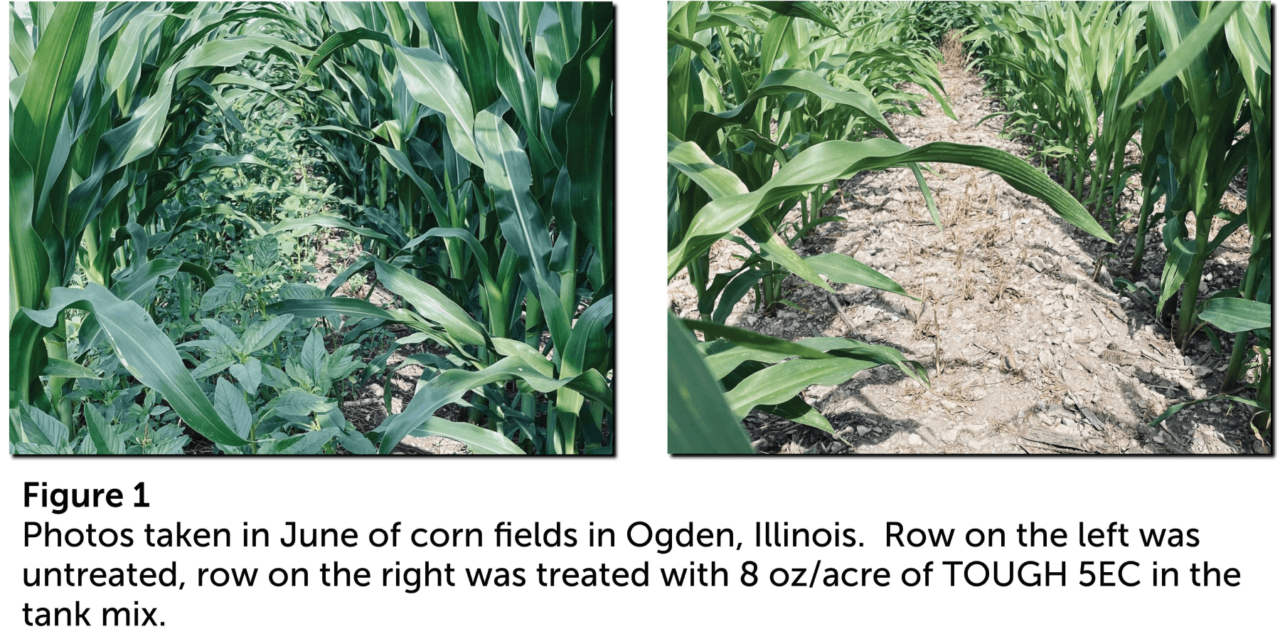Correct Seeding Rates Help Maximize Soybean Profitability, Productivity
Soybean producers and retailers currently face exceptionally tight margins and uncertainty in the market, creating the need for increased efficiency and return on input investment, according to Phillip Alberti, Extension Educator, Commercial Agriculture, University of Illinois Extension. Due to improved genetics and production practices, soybean growers are now more aware of the importance of using appropriate seeding rates and seed treatments; this is meant to reduce risk and economically improve yield goals. Seeding rates and seed treatments are influenced by many factors including variety selection, soil conditions, weather forecasts, and cultural practices (row spacing and planting dates).
Before seeding rates can be determined, it may be useful to consider how soybeans respond to increasing or decreasing seeding rates. Soybeans have the ability to “flex,” or adjust growth and development, in response to seeding rates and environmental conditions; variation in plant development is often expressed in the amount of branches and pods the soybean plant develops. These alterations in plant development can have beneficial, or detrimental, impacts on yield, harvestability, and pest management. For example, soybeans planted at lower seeding rates produce pods closer to the soil line which can make harvest more difficult; higher seeding rates can produce taller plants with reduced branching and pod formation, reducing yields. It is for these reasons that choosing the appropriate seeding rates is so important to maximize profitability and productivity. Greater plant populations don’t necessarily mean greater yields so this will continue to be a crucial management decision as seed prices continue to rise.
Seed treatment efficacy varies due to seed quality and environmental conditions. In many cases use of a seed treatment with high quality seed has shown little effect on seedling emergence and vigor; however, use of seed treatments on low quality seed can increase field emergence significantly. Environmental conditions during germination can also influence the efficacy of seed treatments; in situations where conditions at planting are conducive, seed treatments may not be effective. Alternatively, if conditions at planting favor disease, seed treatments may be an effective option. Cost and active ingredients for seed treatments are important, so decision making using pest and disease history and active ingredients can go a long way.
To learn more about soybean seeding rates and seed treatments in Northern Illinois, come to the Highland Community College Soybean Demonstration on Wednesday, August 29. For more information, contact Phillip Alberti, Crop Science Educator with University of Illinois Extension at [email protected], 815-235-4125, or visit web.extension.illinois.edu/jsw/.






